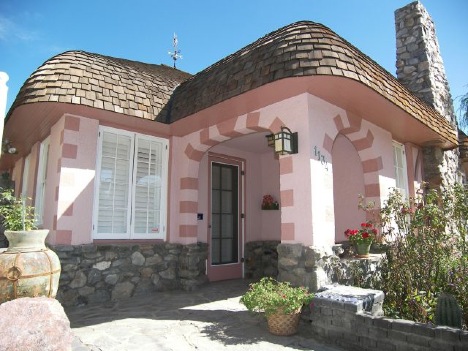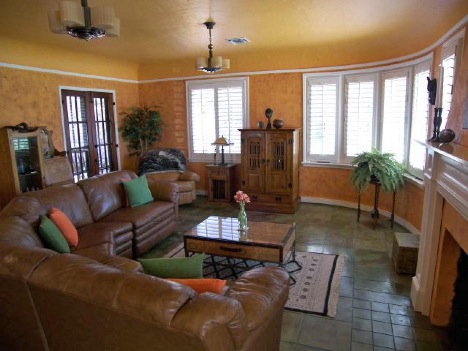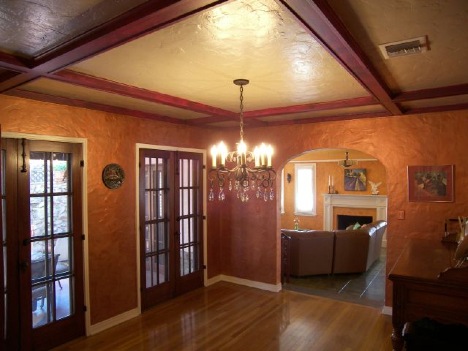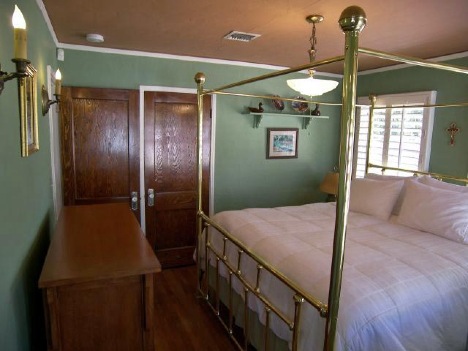Richard Riccelli fingered this New York Times article on real estate photography and related technologies (it’s behind a registration wall to make sure you know they don’t get it). Evidently, Richard had been impressed enough with my ideas about real estate photography to impress them upon the professional advertising photographer he hired to shoot his Boston townhome.
I read Richard’s reinterpretation of what I had said, and I think my ideas were considerably improved by the filtration. In any case, the photographer was impressed enough to repurpose his entire business to real estate photography. Richard highlights one home in particular, but the whole portfolio is excellent, an inarguable statement about what real estate photography can be.
My take: Virtual tours draw eyes at Realtor.com. People will watch videos, if only for the trill of watching “TV” on the computer. Poetic copy instills dreams. But nothing sells the buyer’s imagination on a home like a wealth of big, colorful, richly-detailed photographs.
< ?php include ("REWL101.php"); ?>
Technorati Tags: real estate photography, real estate, real estate marketing
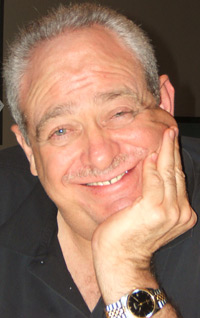 And this is the third of our podcasts with mega-producing Realtor and BloodhoundBlog contributor Russell Shaw. This segment is a freeform colloquy between Russell, my wife and business partner, Cathleen Collins, and myself. We hit a vast array of topics, including Russell regaling us with a story about how he once confounded 18,000 “stoned hippies.”
And this is the third of our podcasts with mega-producing Realtor and BloodhoundBlog contributor Russell Shaw. This segment is a freeform colloquy between Russell, my wife and business partner, Cathleen Collins, and myself. We hit a vast array of topics, including Russell regaling us with a story about how he once confounded 18,000 “stoned hippies.”

